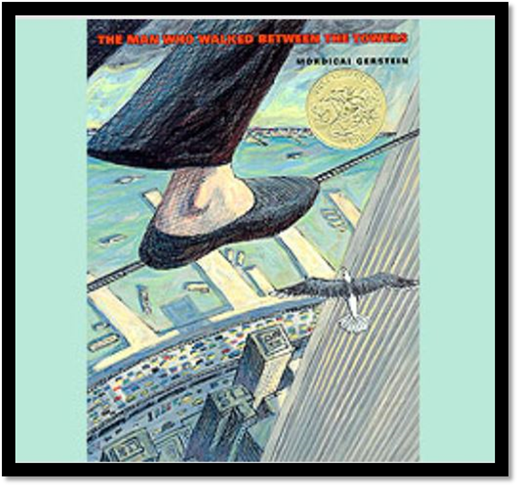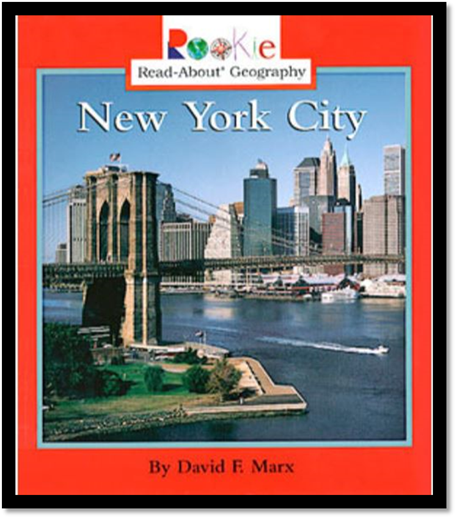Plot and Setting
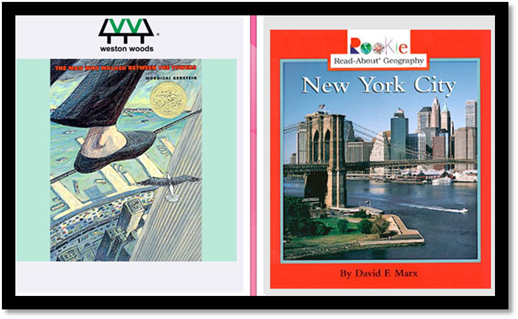
Figure 1 BookFlix
Unit Overview
This unit focuses on Plot, Setting, Fragments and Run-ons, and Narrative Writing.
You will be able to accomplish the following objectives by the end of this
unit:
1.
I can use spelling patterns
and rules to help me spell new words. L.3.2.F
2.
I can ask and answer
questions to show that I understand the stories that I am reading. RL.3.1
3.
I can find the answers to
specific questions within the stories that I read. RL.3.
4.
I can use temporal words
(first, next, then, finally, etc.) to help others understand the order in my
stories. W.3.3.C
5.
I can write conclusions
(endings) to my stories. W.3.3.D
6.
I can revise my writing
with the help of peers and adults. W.3.5
7.
I can show that I know how
to write sentences correctly. L.3.2
Spelling
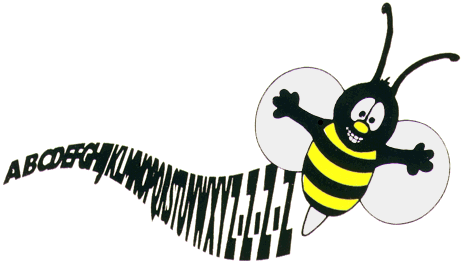
|
rocket |
grown |
almost |
|
pocket |
throne |
both |
|
hold |
so |
coach |
|
told |
sew |
open |
|
often |
most |
also |
Let's Practice
Click on Spelling Training to practice your spelling words. Add
each of your spelling words to the list. Then complete one the activities below
the list.
Vocabulary List
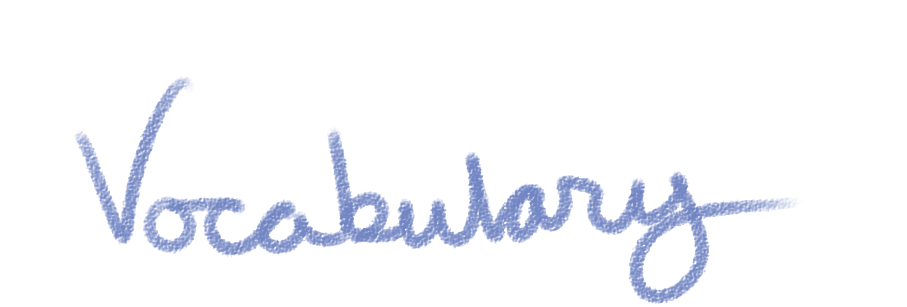
|
cable |
a strong rope
made of metal wires |
|
Construction
worker |
a person whose job is to build
buildings |
|
juggle |
the act of
tossing objects in the air and keeping them moving |
|
perform |
to display a talent for the public |
|
roof |
the top of a
building |
|
subway |
trains that travel in tunnels
beneath the ground |
|
terrifying |
frightening;
scary |
Above is your list of vocabulary words with their
definitions.
Be sure to study and practice these words daily before you begin
your reading lessons.
Let's
Practice
Below is a Quizlet activity on your vocabulary
words for the unit. You should practice
the Flashcard and Learn activities each day during the week of this unit.
Plot
The plot is the events that
happen in a story, or what the characters do. The plot of a story is often told
in the order that the events happen.
A plot has a beginning, a middle,
and an ending. One event leads to the next. Good readers use this
structure to learn about the characters and the setting.
You should be able to answer the following
questions during the three parts of any story that you read.
|
Beginning à |
Who are
the characters? What is the setting? |
|
Middle à |
What happens to the
characters? |
|
End à |
How are the characters
different from the beginning of the story? |
Let's
Practice
IXL Skill Check – Go to the Unit
Resource tab on the left and click Identify story elements to complete
the skill.
Setting
The setting tells where and
when the events of a story take place. It is the place, time, and environment
of a story. The setting helps you to understand and remember the story because
you can picture where and when it happens. Sometimes, the setting affects the
events. For example, during the summer, the grasshopper did not think about how
cold it would be in the winter, so he did not get ready. Below are some more examples of a setting.
|
Place à |
Where? |
home – playground –
island – school |
|
Time à |
When? |
morning – 2004 – summer
– future |
|
Environment à |
What? |
cold – rainy – dark –
hot – farm - city |
Let's
Practice
Reading Log & Journal
Writing journals can be
compelling to you as a student. It helps you respond to your
Read-Aloud and Oral Readings to gain further understanding. You must
write at least one journal per unit in this course based on one of your
readings. Click on the Unit Resource icon to
the left of your screen to download the Reading Log & Journal template. Also,
you have an option to create your journal book for this course.
Reading
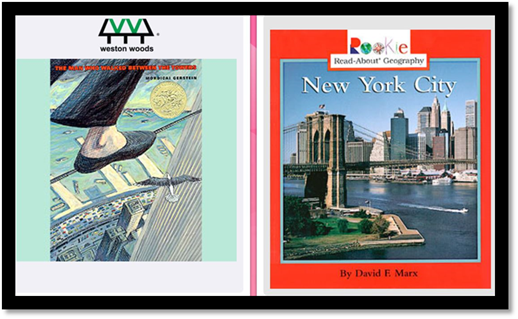
The above two stories will be used for your
Read Aloud and Oral Reading activities.
Read-Aloud
Your read-aloud is a historical fiction story
called "The Man Who Walked Between The
Towers."
Historical fiction is a literary genre where the story takes place in the
past. Historical novels capture the details of the time period as accurately as
possible for authenticity, including social norms, manners, customs, and
traditions
A true story inspired this book. In 1974, French aerialist
Philippe Petit threw a tightrope between the two towers of the World Trade
Center and spent an hour walking, dancing, and performing high-wire tricks a
quarter mile in the sky.
Link to What You Know:
·
What do you know about the twin towers in New York City?
·
Have you ever seen street performers? If so, what did they do?
Using what you learned about plot and setting
above, see if you can pick them out as you read/listen to "The Man Who
Walked Between The Towers."
Click the image below to begin your read-aloud
activity.
After listening to this story,
Did you hear the new vocabulary
words?
Were you able to identify details
that tell you about the setting?
What details in the story tell
you that Philippe was determined?
Let's Practice
Oral Reading
Your oral reading is a nonfiction text called
"New York City." The text introduces
readers to basic geographic facts about the climate, industries, and landmarks
of New York City.
Remember,
nonfiction tells about things in real life.
Both
stories you have/will read are about New York: one focuses on a single event
while the other title provides information about a variety of things in New
York City.
Click the image below to begin your oral
reading activity.
If
you enjoyed reading these stories, see below for more topics to research. Many
people have attempted or accomplished feats of daring in and around famous
structures in New York City, for example:
·
Harry the Human Fly, who
parachuted off the Flatiron Building.
·
George Willis, who climbed
down the facade of the World Trade Center.
·
Terry De Baux, who
attempted to bungee jump off the torch of the Statue of Liberty.
Let's Practice
Sentences:
Fragments and Run-ons
A complete sentence:
·
has a subject (noun or pronoun) and a predicate
(verb).
·
starts with a capital letter.
·
ends in a period, question mark, or exclamation
point.
·
expresses a complete idea
Example:
My father is a human cannonball in the circus.
A sentence fragment is an incomplete
sentence, missing either a subject or a verb.
Example: New improved Caramel cereal bits, now
in glow-in-the-dark colors!
A run-on sentence is a sentence with two
independent clauses that run together without appropriate punctuation.
·
It is NOT the same thing as a very long sentence.
Example: I don’t like hiking it makes me tired
and sweaty.
Let's
Practice
IXL Skill Check – Go to the Unit
Resource tab on the left and click Is it a complete sentence, a fragment, or a
run-on? to complete the skill.
Narrative
Writing: Revising
Revising is changing, taking
out, adding words or phrases to make the meaning clearer.
It is important that your ideas are expressed
in the best way possible.
Look at the chart below to review the first
three stages of the writing process.
|
Prewriting à |
draw a
picture talk it
out make a
web or diagram |
|
Draft à |
get ideas
on paper guess and
go |
|
Revise à |
vary
beginnings of sentences vary
length of sentences use more
vivid words avoid
overused words |
Let's
Practice
Please click the Narrative Revising
Activity to practice your drafting skills.
Cursive Handwriting
Let’s review the curves you have practiced in Units
1, 2 and 3.
First, you saw the airplane
make an undercurve.
It looked like this:
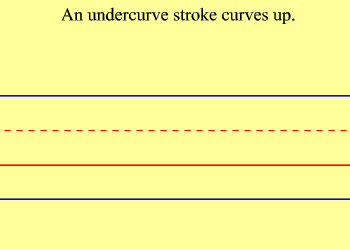
Then, you practiced making
lowercase letters beginning with an undercurve. For example, you wrote:
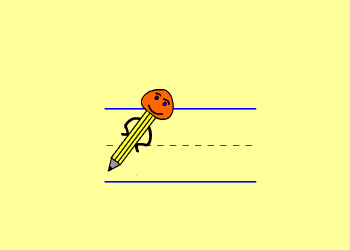
Next, you saw the airplane make a downcurve.
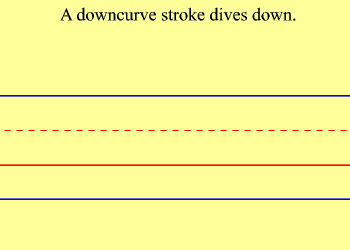
Then, you practiced making lowercase letters
beginning with a downcurve. For
example, you wrote:
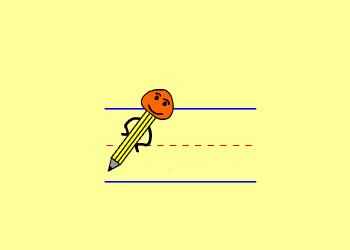
Next, you saw the airplane
make an overcurve.
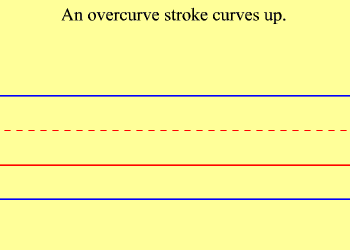
Then, you practiced making lowercase letters
beginning with an overcurve. For
example, you wrote:
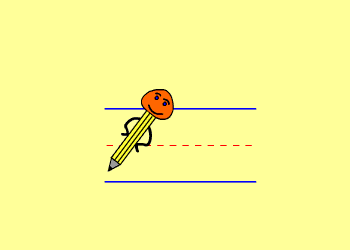
Now, let’s look at a
different stroke. This one is called the
slant stroke.
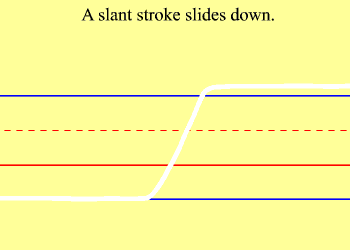
Let’s look at the cursive
letter "a."
Notice the slant stroke.
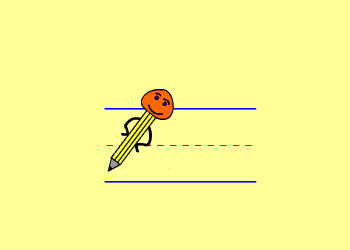
Let’s look at the cursive letter "d." Notice the slant stroke.
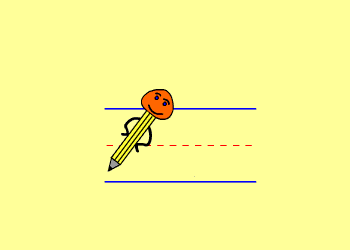
There are slant strokes in some cursive lowercase
letters. Let’s practice them now. Click
on the Unit Resource icon to the left of your screen to practice the Lowercase Letters. First,
trace the first letter, noting where the slant stroke is. Next, print that letter several times on the
line that follows. Then, move on to the
next letter, repeating the directions.
There are also slant
strokes in some uppercase letters. Let’s
practice them now. Click on the Unit Resource icon to the left of your
screen to practice the Uppercase Letters. First,
trace the first letter, noting where the slant stroke is. Next, print that letter several times on the
line that follows. Then, move on to the next letter, repeating the directions.
